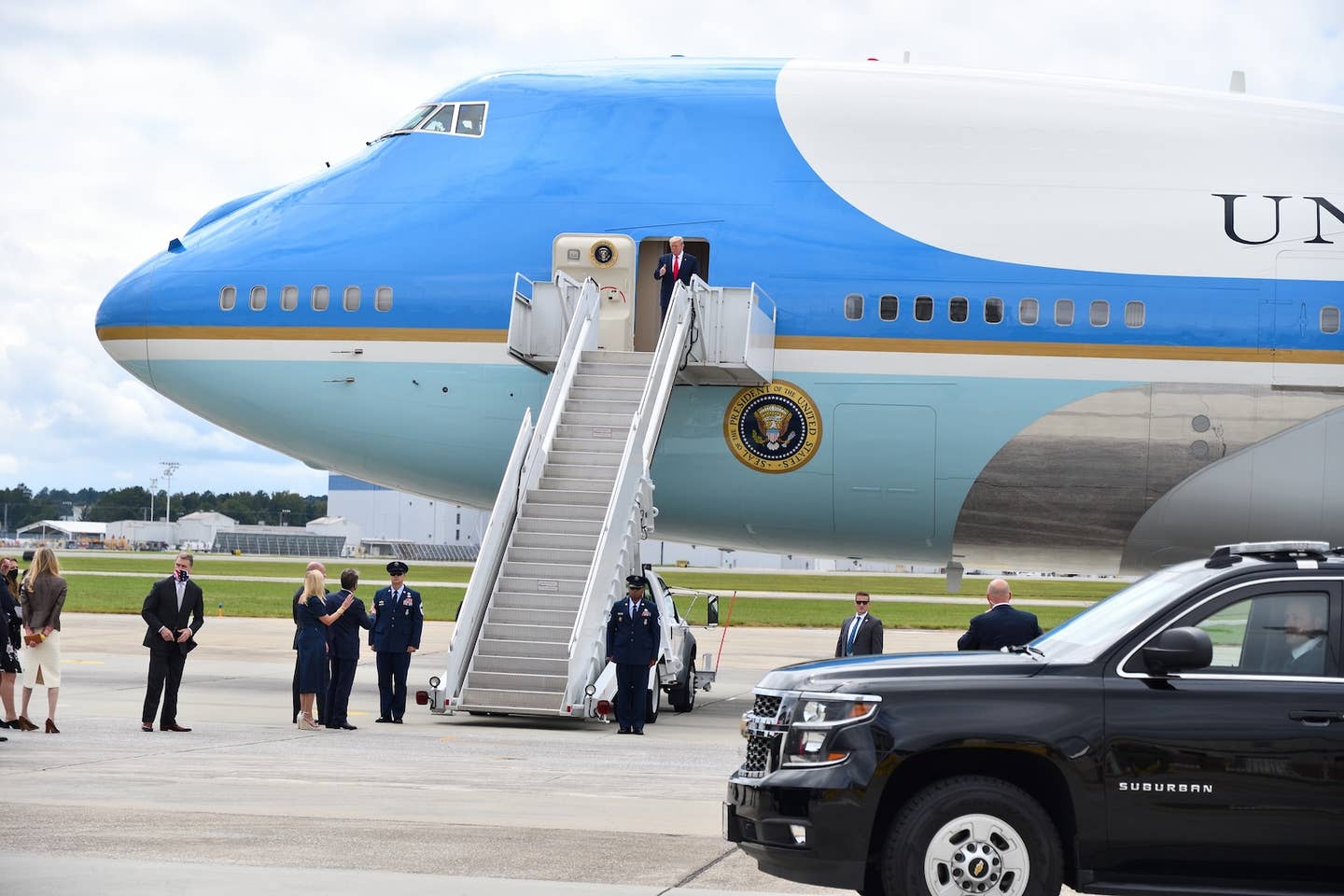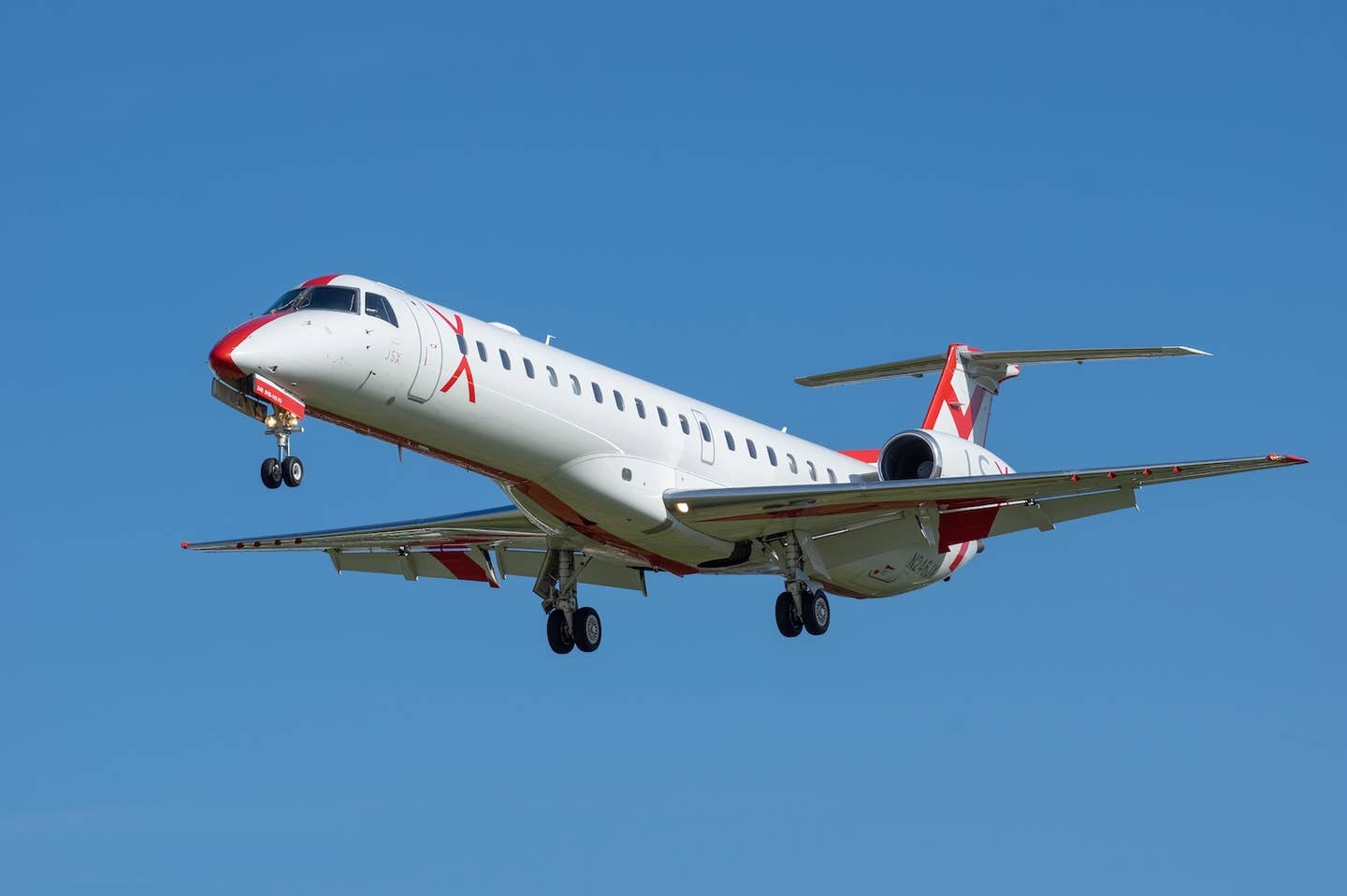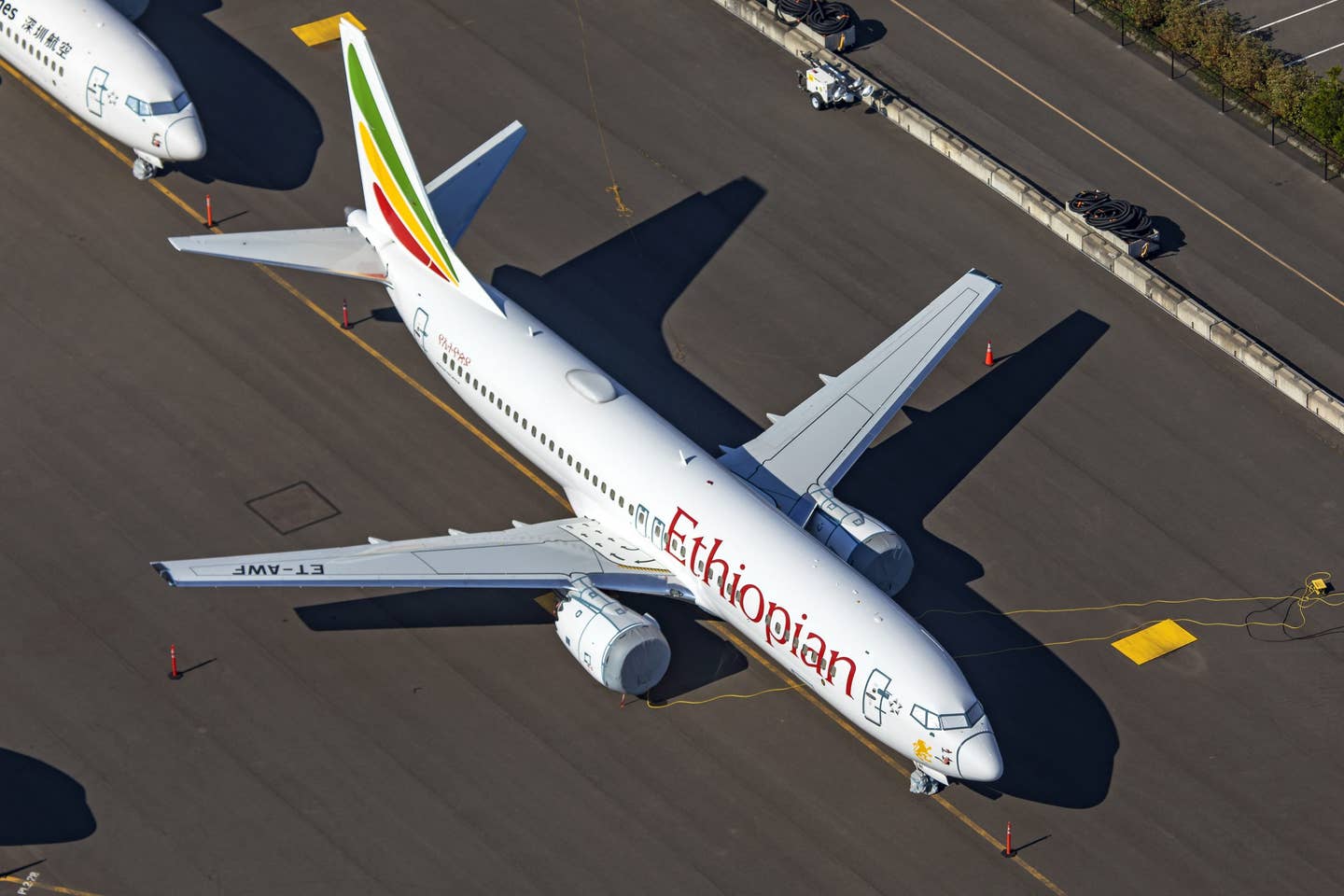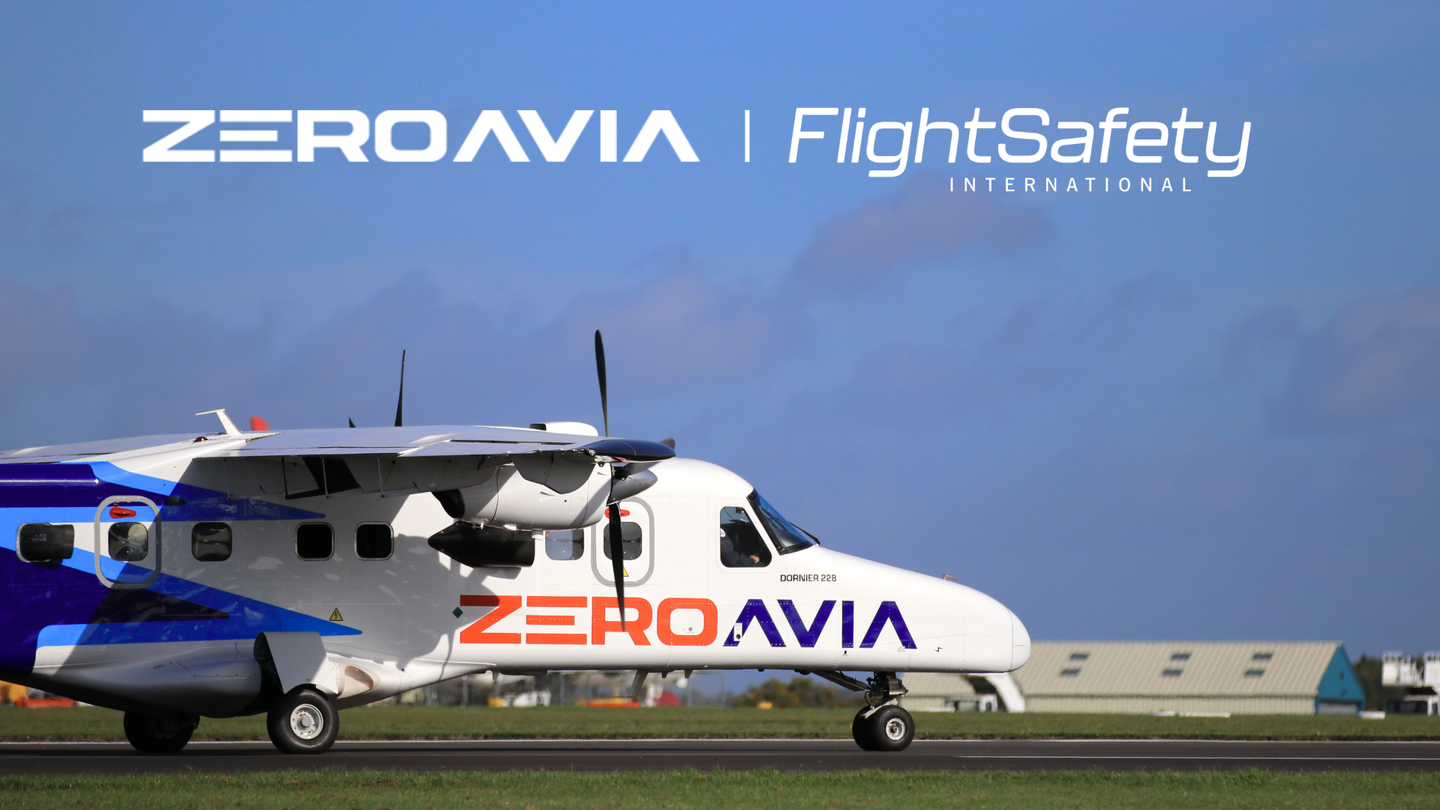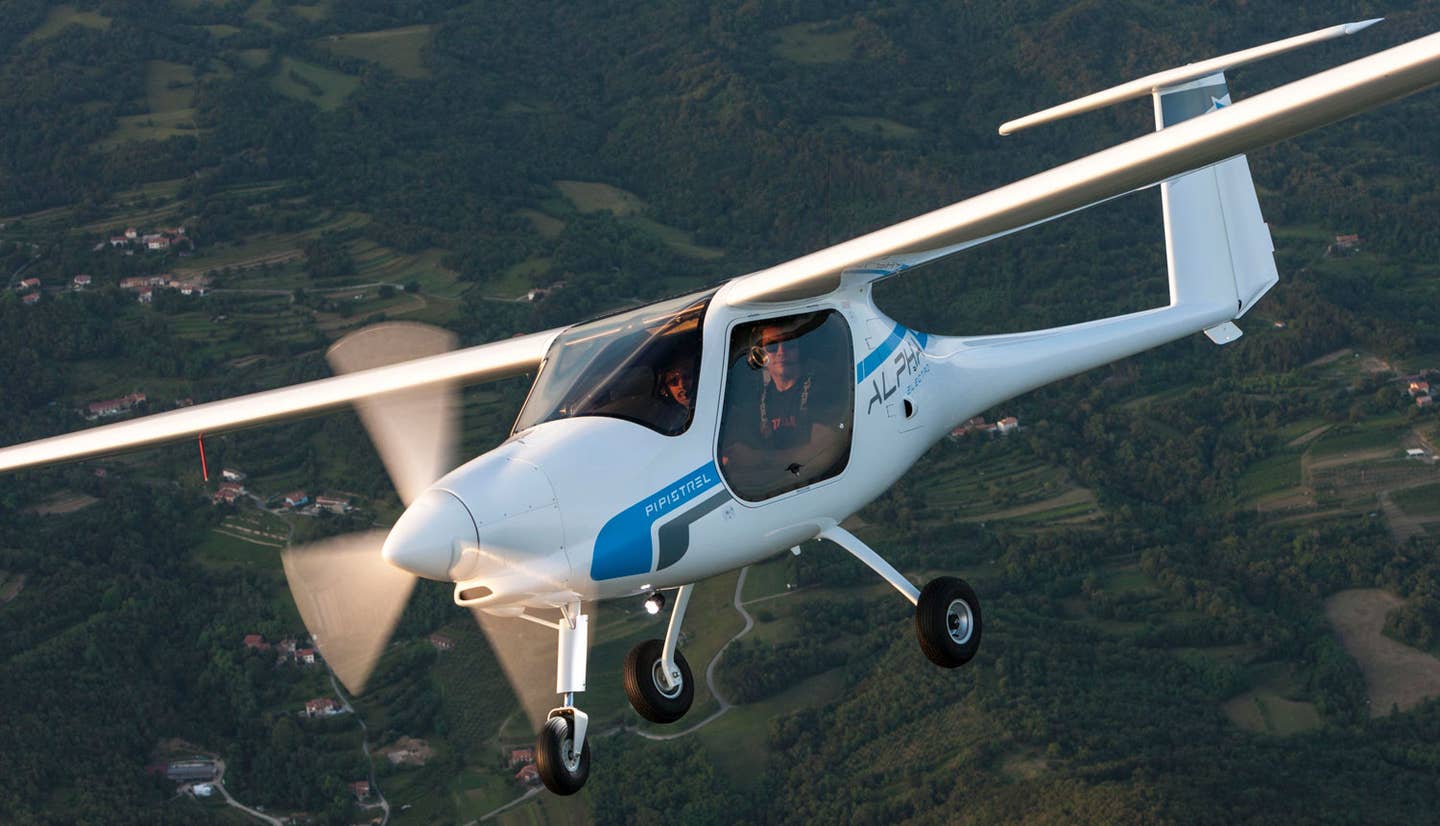Why Did FedEx Ask the FAA About Installing Lasers on Airplanes?
U.S. aviation regulators propose special conditions to outfit Airbus A321s with lasers.

FedEx–whose fleet includes Boeing 767s such as this one–doesn’t currently fly A321s, but the FAA says it has asked permission to outfit them with laser-based missile-defense systems. [Courtesy FedEx]
Imagine FedEx (NYSE:FDX) cargo aircraft armed with laser missile-defense systems. Unbelievable? FedEx apparently didn’t think so.
In 2019, FedEx applied for an FAA supplemental type certificate to install a “laser-based missile-defense system, which directs infrared laser energy toward heat-seeking missiles,” according to an FAA document released this month. The purpose of such a weapons system, the document says, would be “to interrupt the missile’s tracking of the aircraft’s heat.”
The FedEx application specifically targets the Airbus A321-200, according to the FAA, although the carrier doesn’t currently operate the narrow body, twin-engine jets which have a MTOW of 89,000 kg. FedEx didn’t respond to FLYING’s request for comment.
What’s Behind All This?
FedEx’s FAA 2019 application may have been part of a new strategy aimed at protecting its fleet from the threat of shoulder-fired missiles.
“In recent years, in several incidents abroad, civilian aircraft were fired upon by man-portable air defense systems (MANPADS),” the FAA document says. “This has led several companies to design and adapt systems like a laser-based missile-defense system.”
This isn’t the first time someone has thought of arming civilian airliners with anti-missile lasers. BAE Systems and American Airlines reportedly tested one in 2008.
Overkill? Not necessarily. Examples of MANPAD missile attacks on civilian air freighters and passenger airliners are well documented, as routes take them over or near conflict zones.
In fact, 65 MANPAD attacks on civilian aircraft have killed more than 1,000 civilians since 1973, according to the U.S. State Department.
In 2003, an Airbus A300B4 widebody cargo jet owned by European Air Transport and operated for DHL was hit by a surface-to-air missile on departure from Baghdad, forcing it to return to the airport. There were no fatalities, but the airplane was damaged beyond repair, according to the Aviation Safety Network.
What the FAA is Proposing
Basically, the FAA says they don’t have the rules that enable them to approve this kind of request, so it’s proposing special conditions for these kinds of circumstances.
“FAA design standards for transport category airplanes did not envisage that a design feature could project infrared laser energy outside the airplane,” the agency document says. “The FAA's design standards are inadequate to address this capability. Therefore, this system is a novel or unusual design feature, and the FAA has developed these proposed special conditions to establish a level of safety equivalent to that of the regulations.”
It’s not like the FAA is the Pentagon. What would it know about these kinds of things? In its own special way, the FAA document said pretty much that same thing.
“The FAA has no basis to determine whether this missile-defense system will successfully perform its intended function of thwarting heat-seeking missiles.”
As a result, the FAA is proposing special safety conditions surrounding activation of the laser weapons system during flight or on the ground—including “all operation of the system, whether intentional, inadvertent, or automatic.”
The proposal also includes creating standard markings, instructions, and other information to maintain safety among people who might interact with the system. The FAA is requesting the public to submit comments on the proposal on or before March 4.

Sign-up for newsletters & special offers!
Get the latest FLYING stories & special offers delivered directly to your inbox

![United Airlines secures FAA approval for Starlink, with first commercial flights set for May. Starlink offers 50x faster internet, free for MileagePlus members. [Courtesy of United Airlines]](https://www.flyingmag.com/uploads/2025/03/UnitedAirlines_Starlink_Image.jpg?auto=webp&auto=webp&optimize=high&quality=70&width=1440)
